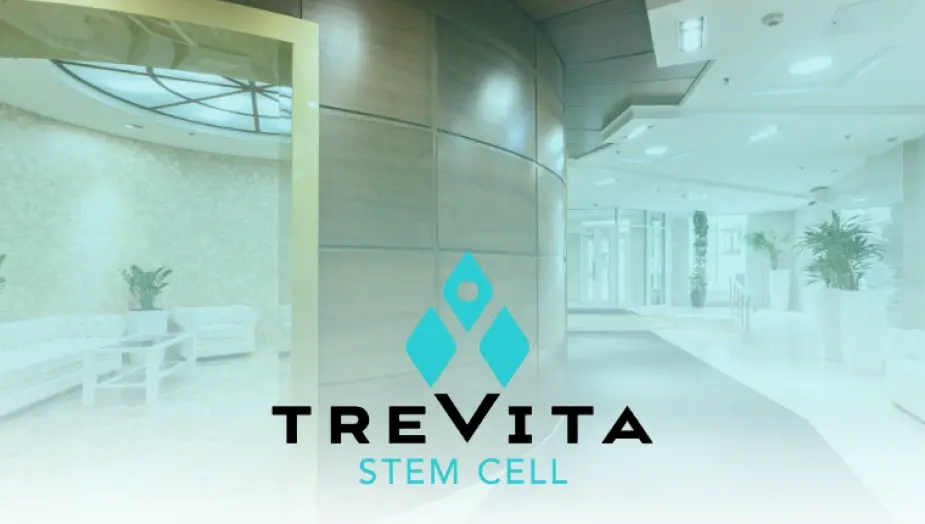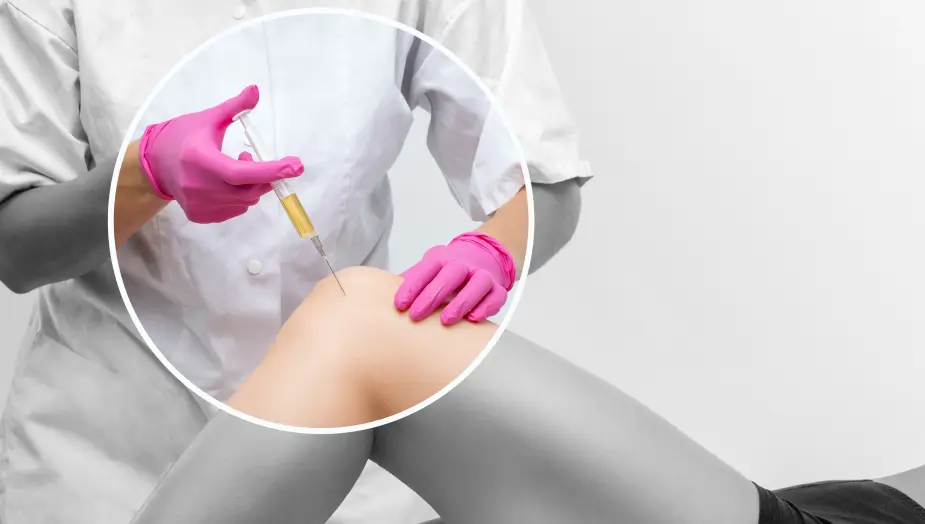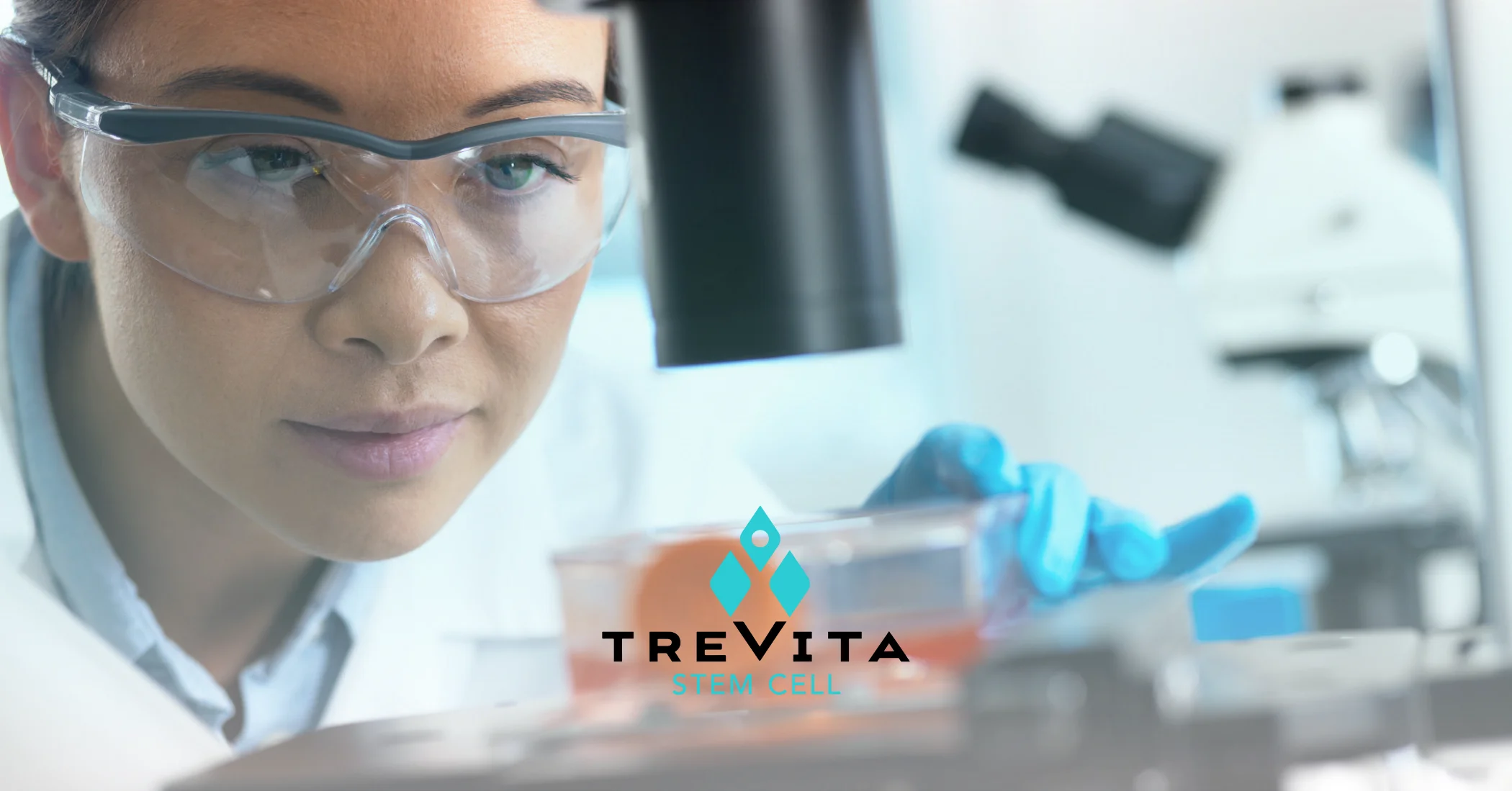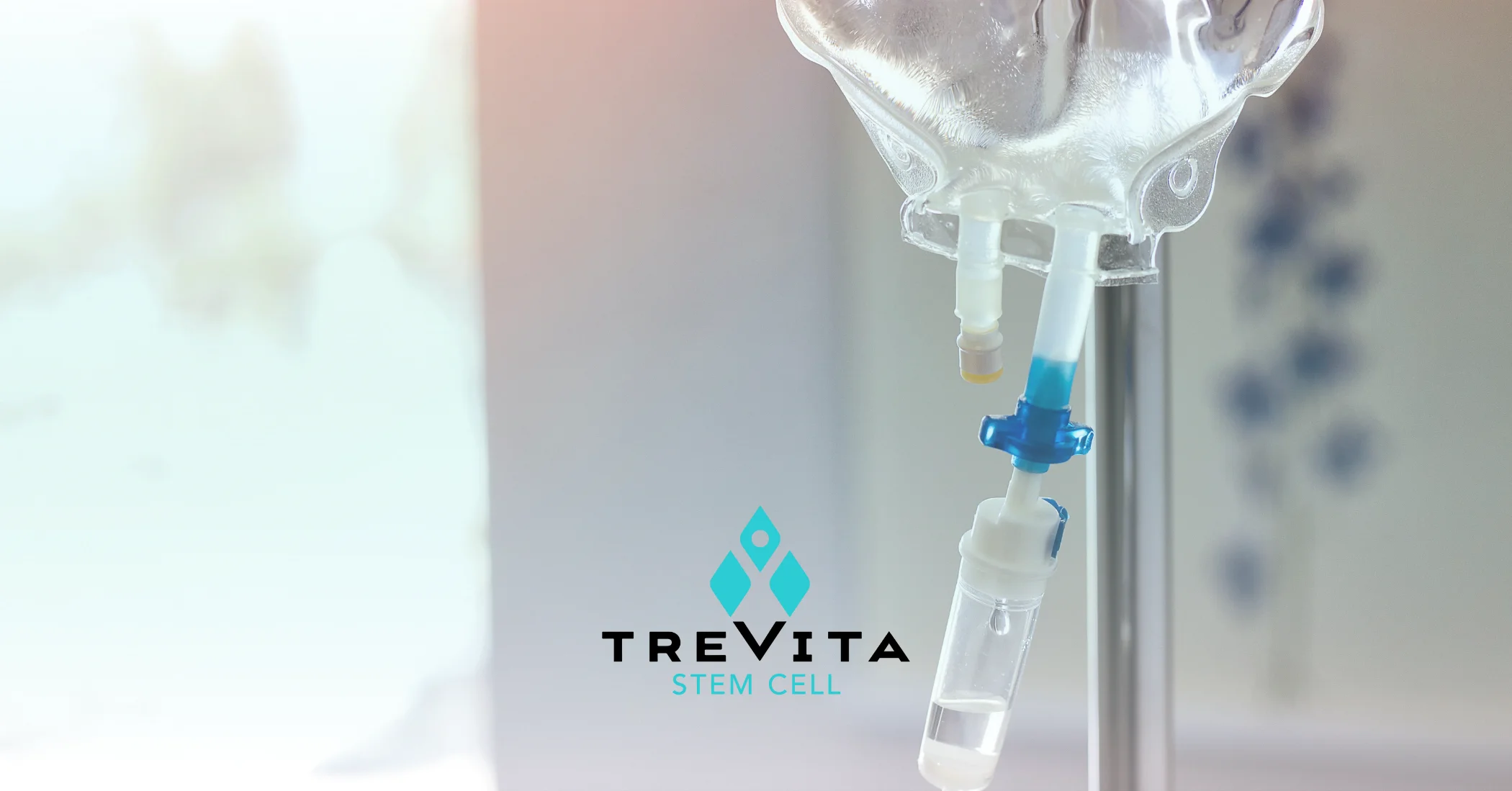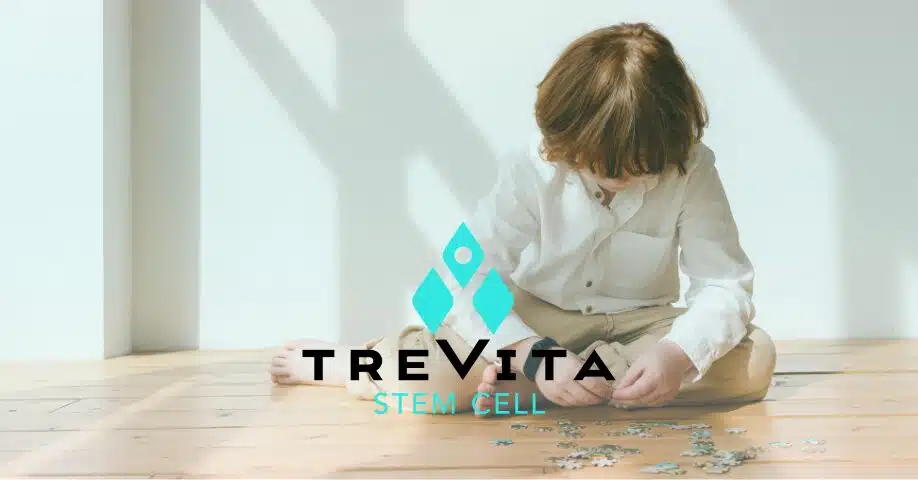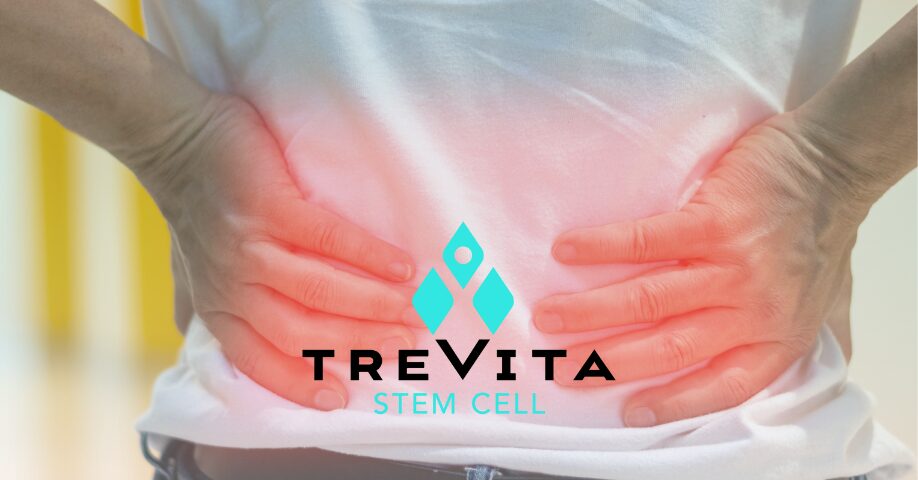Benefits of Stem Cell Therapy for Tendonitis
- Accelerated Tissue Regeneration – Promotes faster healing of tendon tissue by stimulating cellular regeneration and repair.
- Effective Inflammation Control – Reduces inflammation, alleviating pain and swelling associated with tendonitis.
- Minimally Invasive Solution – Non-invasive procedure with minimal recovery time compared to traditional surgery.
- Enhanced Tendon Functionality – Improves tendon strength, flexibility, and overall function, aiding in better mobility.
- Long-Term Joint Health Restoration – Helps restore long-term joint health by addressing the root cause of tendon damage.
- Reduced Dependency on Medications – Reduces reliance on pain medications or steroids, providing a more natural recovery approach.
- Boosts Collagen Synthesis – Enhances collagen production, essential for healthy tendon and ligament repair.
- Precision-Driven Treatment – Allows for more targeted treatment, focusing directly on the damaged area for faster recovery.
- Sustainable Relief for Chronic Cases – Offers a safe alternative for patients with chronic tendonitis, reducing the need for repeated treatments or surgeries.
The Most Advance Treatments Available
Stem cell therapy has helped many by promoting healing, reducing inflammation, and regenerating tissue. Patients with autoimmune diseases, injuries, and neurodevelopmental disorders report improved mobility, less pain, and better cognitive function. While research continues, it offers hope for innovative treatments.
Other Chronic & Orthopedic Pain Relief Therapies
Hear What Our Clients have to say!
Averaging 5 Stars across multiple platforms — TOP RATED
The Process
Day 1: US ➜ Mexico
- Receive the procedure at the clinic.
- Go back to the hotel and rest (you can stay in a Tijuana hotel or hotel in San Diego).
Day 2: Travel back home
- Check out of your hotel.
- Meet your driver outside the hotel for a smooth ride to San Diego International Airport.
- Arrive at the airport in time to catch your flight back home.
Tendonitis FAQ's
You have questions, we have answers.
While stem cell therapy can significantly reduce symptoms and promote healing, the long-term effectiveness can vary depending on the severity of the tendonitis and the patient’s response to treatment. Many patients experience long-lasting relief, but maintenance therapies may be recommended for optimal results.
The number of treatments required depends on the extent of the tendon damage and the individual’s response to therapy. Some patients experience significant improvement after one treatment, while others may benefit from additional sessions to achieve maximum healing.
Stem cell therapy is generally considered safe, especially by experienced professionals. However, risks may include mild swelling, redness, or temporary discomfort at the injection site. Rarely, there may be a risk of infection or an allergic reaction, which should be discussed with your healthcare provider before treatment.
Patients often begin to see improvements in pain and mobility within a few weeks following treatment, although full recovery can take several months. Stem cell therapy works gradually by promoting tissue regeneration, and the timeline can vary based on the severity of the tendonitis and the individual’s healing response.







